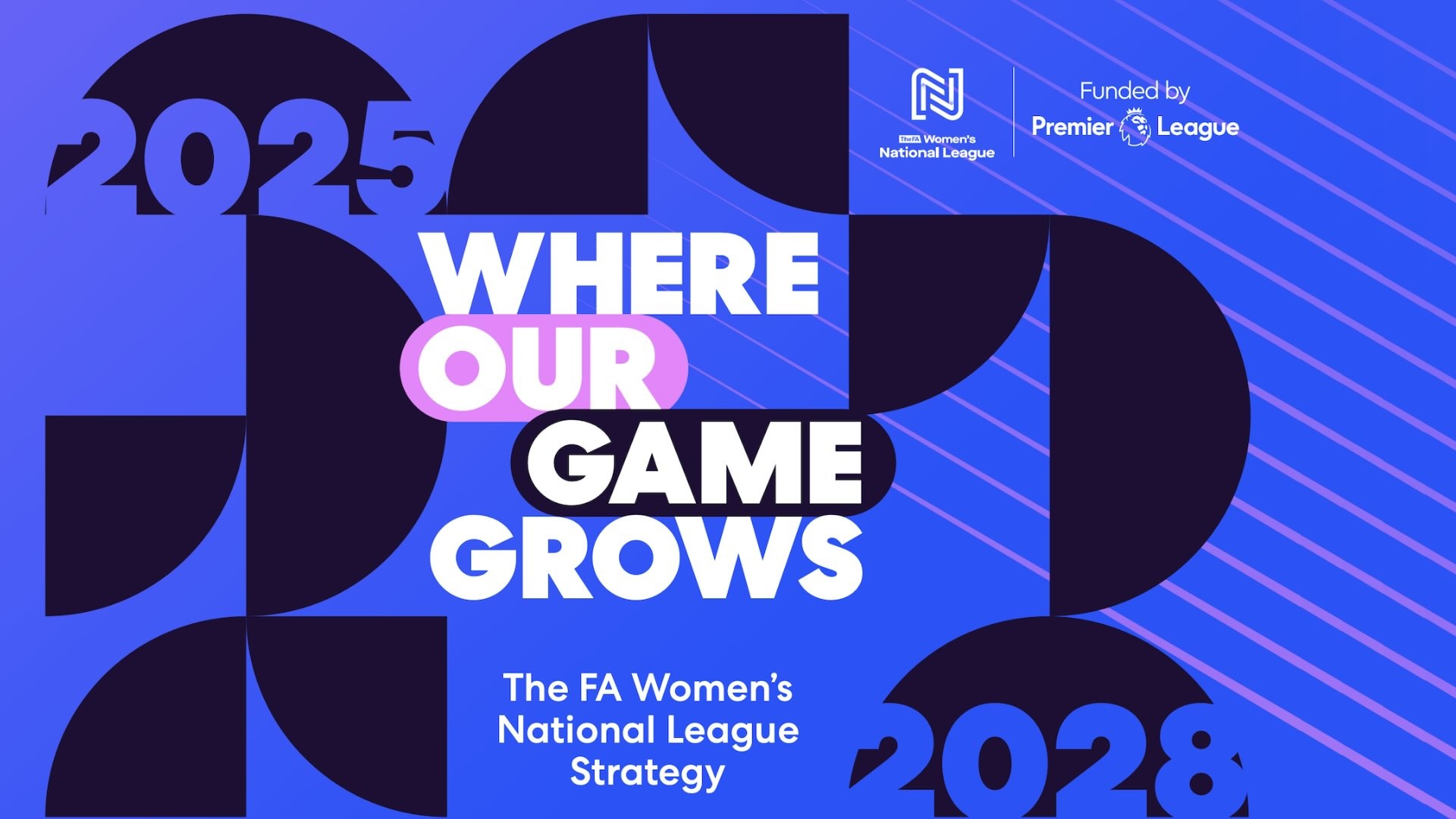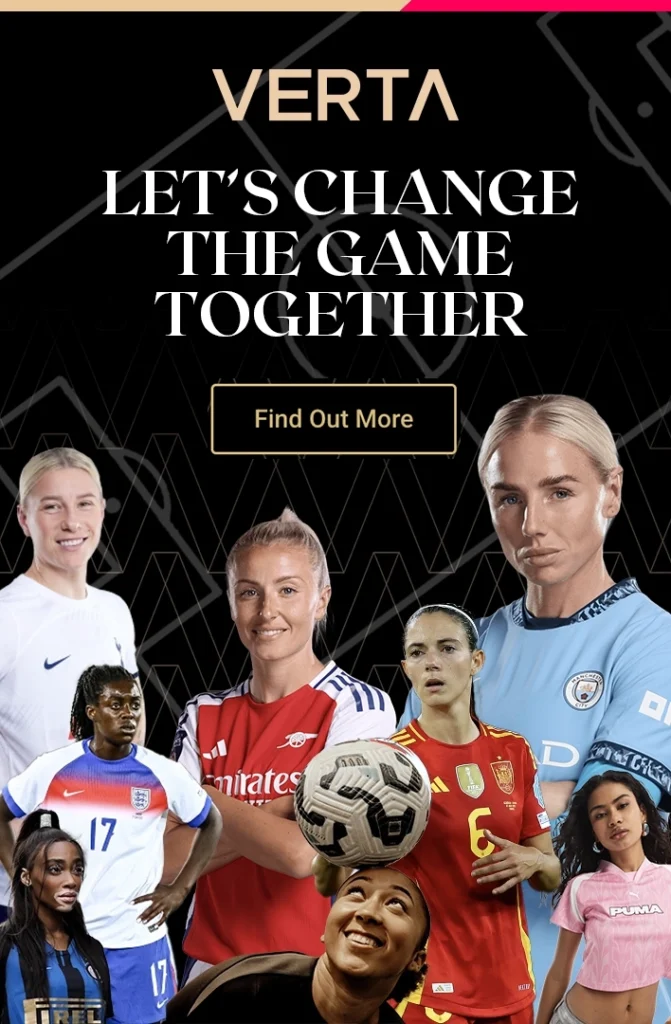The FA’s new three-year plan sets out to raise standards, boost visibility, and secure the future of the National League.
What is “Where Our Game Grows”?
It’s the FA’s new three-year plan (2025–2028) for the Women’s National League (WNL). The previous cycle (Empowering for Success) introduced minimum standards — baseline expectations on governance, facilities, safeguarding, and female-friendly environments.
Now, the FA wants to go further — beyond standards, towards identity, visibility, and sustainability. The aim is to make the WNL a destination for fans and clubs, not just a pathway to the top.
Which leagues form part of the strategy?
The FA Women’s National League covers the third and fourth tiers of the women’s game:
- Tier 3: Northern Premier & Southern Premier Divisions
- Tier 4: Division One North, Midlands, South East & South West
That’s 72 clubs across England — from grassroots-driven community sides to ambitious outfits with professional backing. This level is the proving ground for players, coaches, referees, and clubs before stepping up to the WSL2 or WSL.
What are the FA actually going to do?
The strategy is built on four pillars:
- Commercial: Attract sponsors and train clubs to generate revenue.
- Environment: Raise stadia standards, strengthen safeguarding, embed female health and wellbeing.
- People: Create clear pathways for players, referees, coaches, and staff.
- Impact: Boost awareness and connect clubs with local communities.
What’s the goal?
By 2028 the FA wants:
- 100% of clubs meeting minimum standards.
- 45% of women’s football fans aware of the WNL.
- A portfolio of commercial partners backing the league.
How will they do it?
- Support clubs to improve facilities
- Embed female health and wellbeing policies
- Run campaigns tied to the Women’s FA Cup
- Train clubs in commercial skills — from social media to sponsorship
- Partner with the Premier League, Football Foundation and others to channel funding
Why does this matter?
The WNL is the backbone of women’s football. If it thrives, the whole pyramid thrives. Without it, the gap between grassroots, the WNL, and the WSL risks becoming too wide.
What’s next?
The plan is ambitious, but delivery is everything. If it works, the WNL can grow into a thriving, visible league with its own identity and fanbase. If not, it risks being left in the shadows while the professional tiers pull further away.
Read the full strategy here







